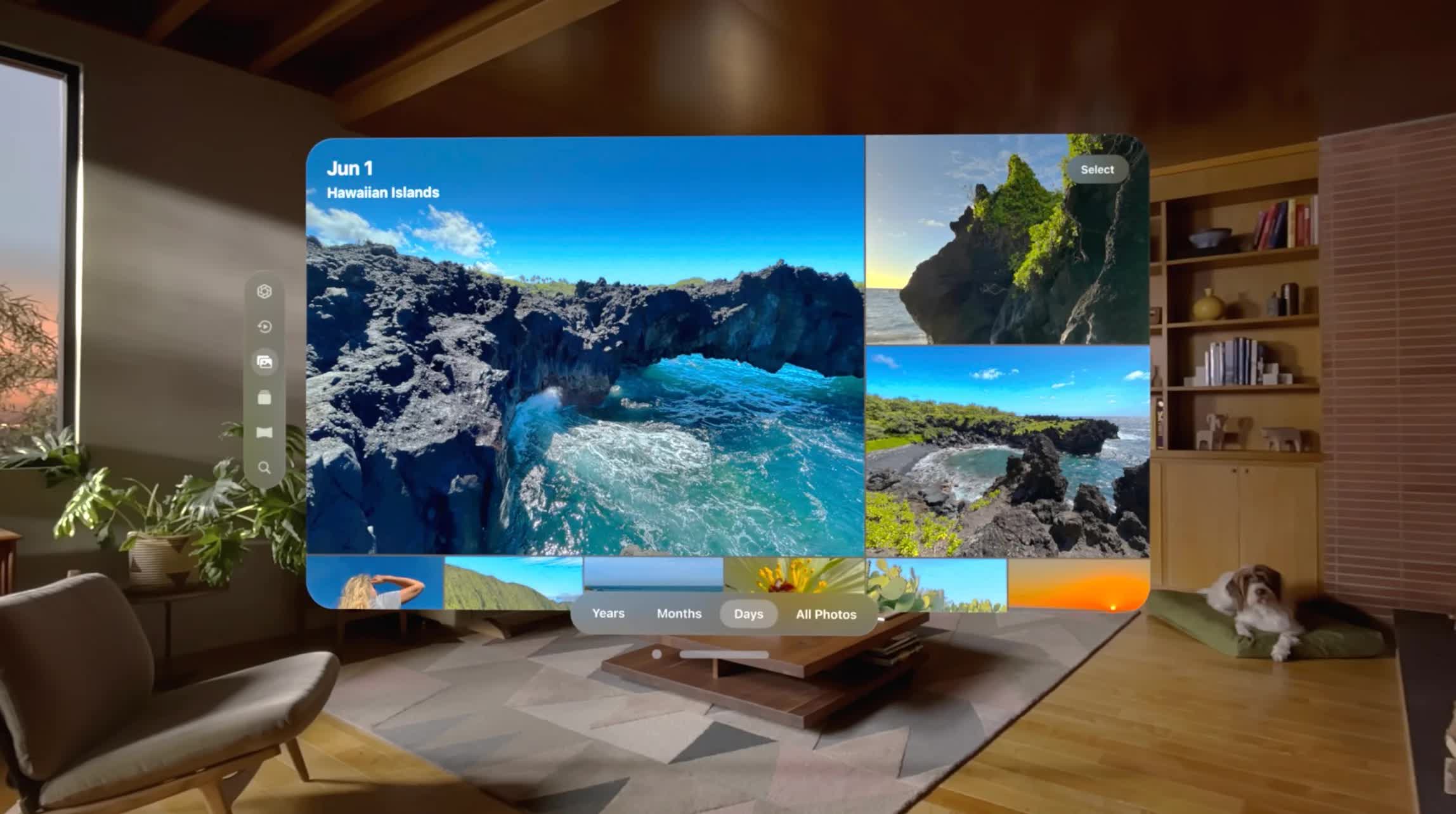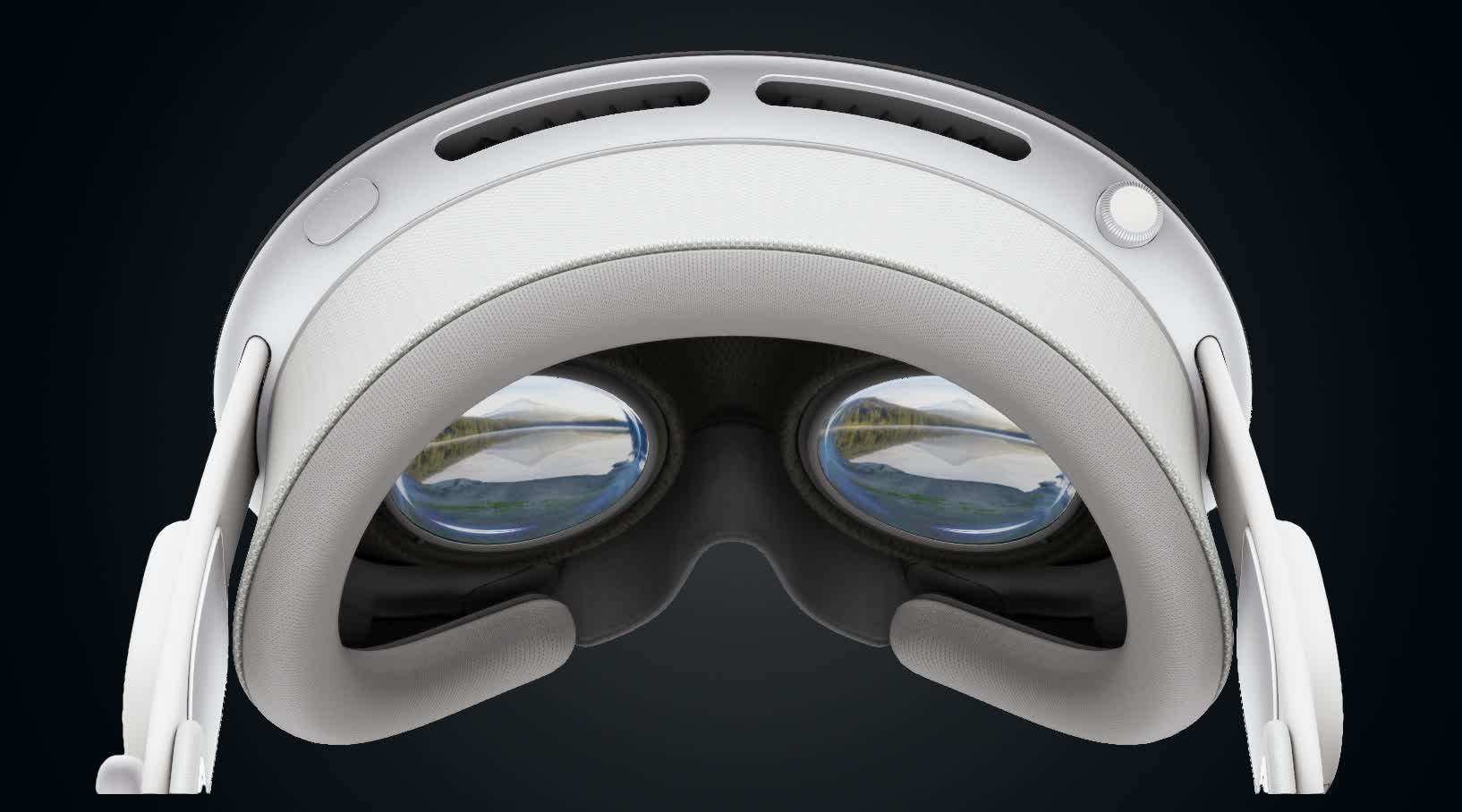The big picture: Apple has reportedly made significant cuts to production forecasts for the Vision Pro mixed reality headset. The device, which was unveiled at the company's WWDC event last month, has generated a ton of interest among tech enthusiasts, but many have felt excluded by its eye-popping $3,500 price tag.
As per a report by Financial Times, Apple is facing production issues with the Vision Pro due to its complex design and is now preparing to make fewer than 400,000 units in 2024. Two unidentified China-based component suppliers for the Vision Pro further claimed that Apple is only ordering components for 130,000 to 150,000 units in the first year, which is a major cutback from the company's internal sales target of 1 million units in the first 12 months.
The report also suggests that the device's delayed launch date of 'early 2024' is due to the various technical issues Apple and its suppliers are having to deal with. Earlier reports claimed that Apple pushed back the Vision Pro launch timeline to next year to allow developers enough time to create apps for the device.

The cutback in production targets has been a major disappointment for Luxshare, the sole company currently contracted by Apple to manufacture the Vision Pro. The Chinese contract manufacturer is believed to have been gearing up to produce nearly 18 million units of the headset annually but will have to be satisfied with building only around 1 percent of that in the first year.
Teething troubles notwithstanding, several analyst firms seem to be backing Apple in making a success out of the Vision Pro. One of them is Canalys, which predicts that the device will garner a total user base of more than 20 million within five years of its launch. According to Canalys analyst Jason Low, Apple would produce around 350,000 units of the device next year, and increase it to 12.6 million units five years later.
Additionally, the report asserts that Apple has pushed back plans for a more affordable version of the device, previously tipped to launch in late 2025. Cupertino expects the cheaper model to be a more mainstream option with mass market adoption, and is looking for ways to drive down its production costs. To do that, the company is believed to have looked at using mini-LED displays instead of the micro-OLED found in the Vision Pro, but is now insisting on using the latter despite its suppliers failing to deliver so far.
